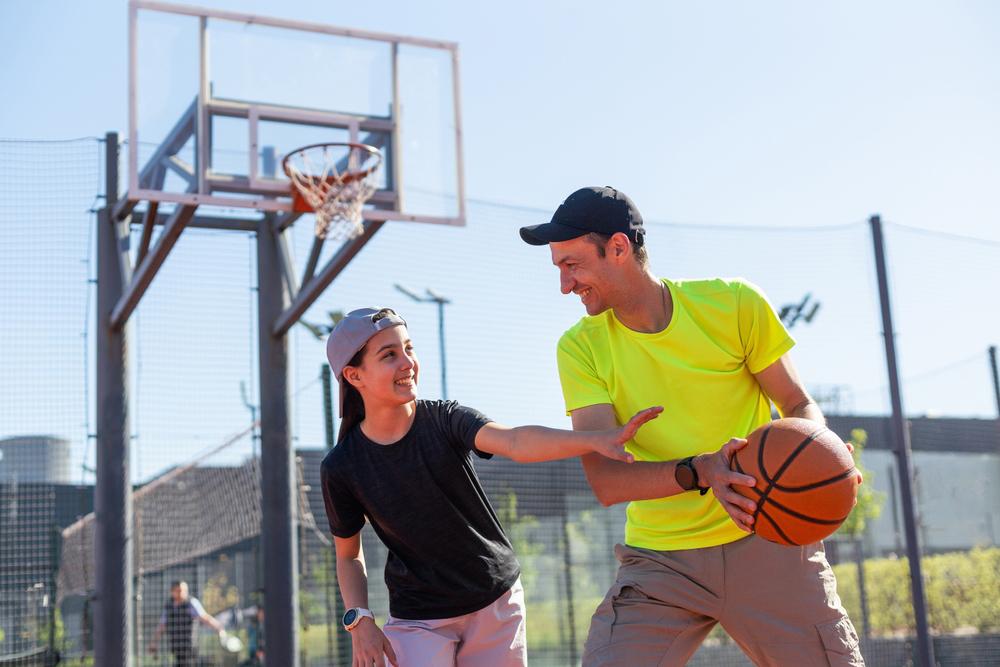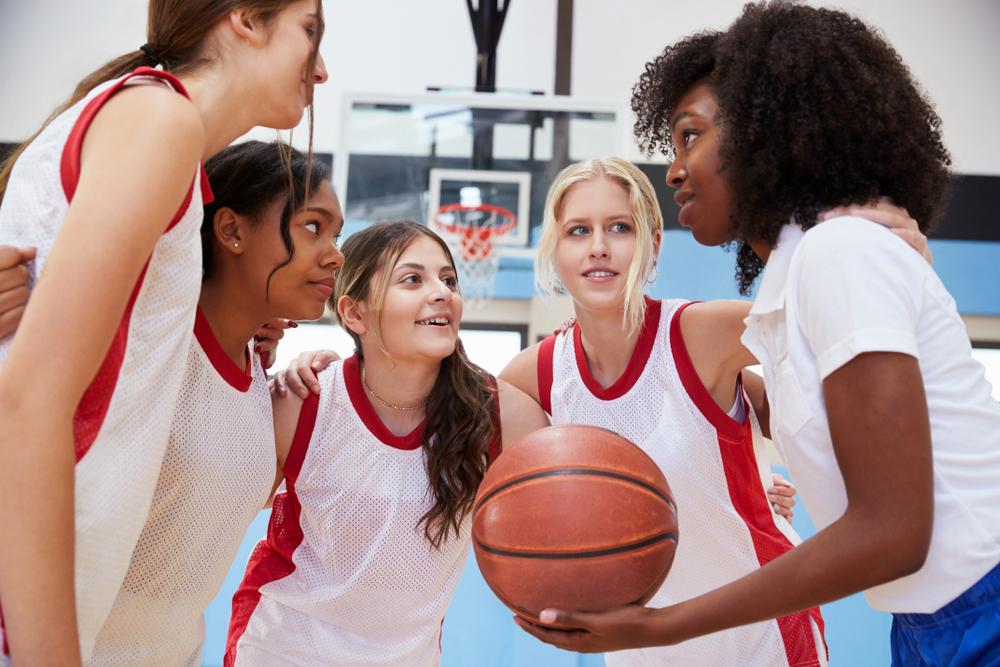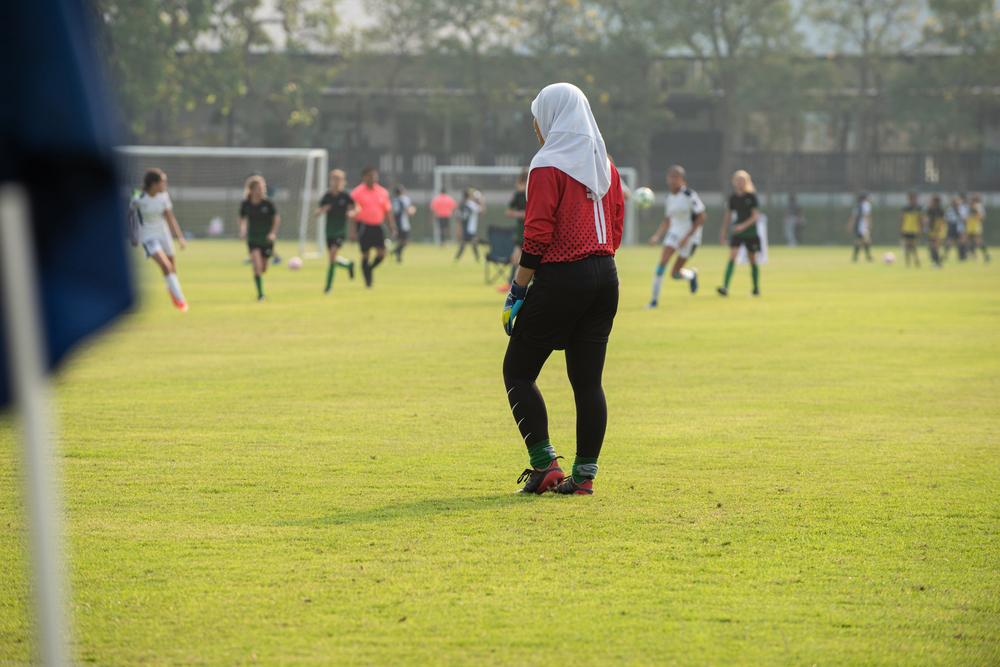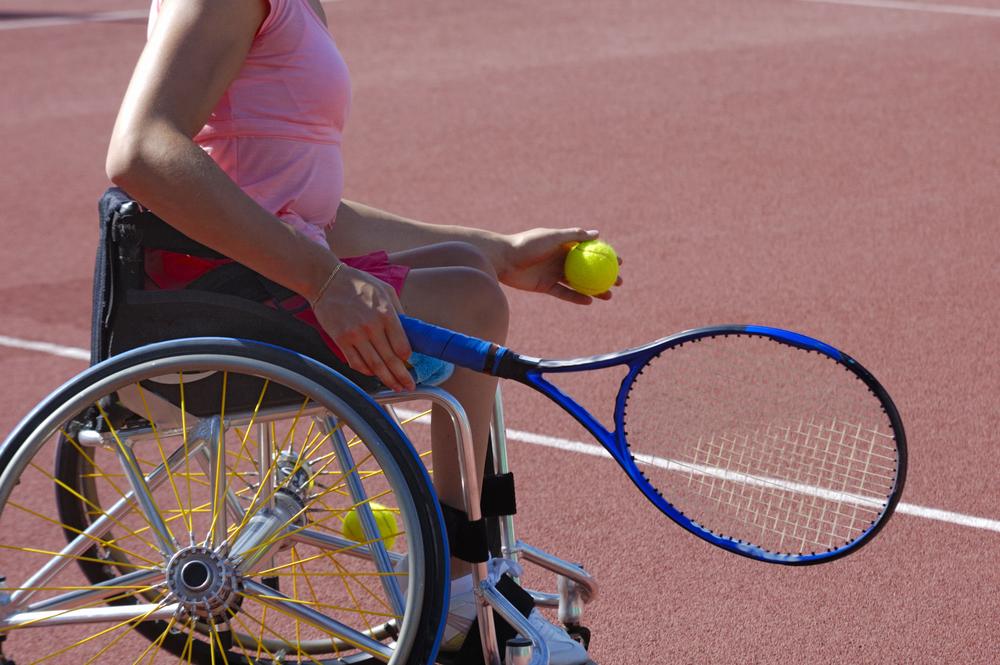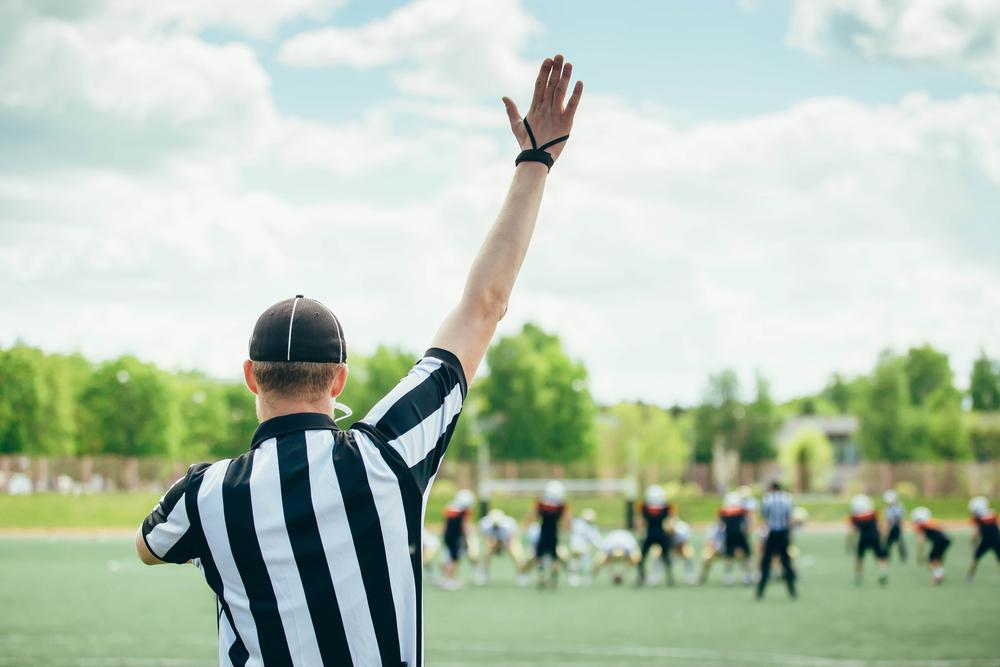 Content Warning: This article contains mentions of abuse and/or assault.
Content Warning: This article contains mentions of abuse and/or assault.
Most people recognize being an umpire, official, or referee is a difficult (and often thankless) job. Yet ironically, many youth sport parents, coaches, and athletes insist on making this job even harder by shouting ridicule and criticism the referee’s way. While fans empathize with an athlete who makes a mistake, referees (who are sometimes not much older than the athletes) are more likely to be comdemmed, demeaned, and chastized. Teaching respect for referees doesn’t necessarily mean encouraging blind obedience, but rather, how to self advocate, take responsibility for your own actions, and overcome adversity.
A Crisis of Disrespect
It’s probably no coincidence that as society’s win-at-all-costs attitude has increased, youth sports organizations are facing a severe referee shortage.
While incidences of violence against referees were extremely rare, they are now occurring more frequently: in 2013, a Utah youth soccer referee died after being punched in the head by a player upset about being called for a foul. A few years later, two high school football players in Texas received national attention when they blindsided a referee during a game. While those tragic incidences represent the extreme, young athletes can see professional athletes and coaches verbally confronting officials on television almost every night.
Even at the youth sports level, it isn’t difficult to find instances of players, coaches, and parents verbally abusing referees. If we’re being honest, most parents have probably – even unintentionally – let a “You’ve got to be kidding me, Ref” come out of their mouths. The ease with which these comments emerge makes it more important to increase awareness about how parents, coaches, and athletes treat officials.
The 7 Lessons for Referee Respect
Like with sportsmanship and teamwork, referee respect is an important value that needs to be specifically taught to athletes, parents, and coaches. However, even though there are referees at every game, there is virtually never a direct conversation about the expectations for respecting referees.
Teaching respect for referees doesn’t have to be hard, hokey, or time-consuming, as long as you can remember the seven lessons for referee respect:
1. Referees Have More Training Than Players and Spectators
No matter how experienced or knowledgeable an athlete or parent is, it’s important to remember referees have specific training in the rules of the game, how to observe the game, and how to make difficult calls. They are also often in a better position to see the play, especially compared to parents on the sidelines or in the stands. If you’re still convinced you can do a better job, leagues are always hiring.
2. More Focus on the Ref Means Less Focus on the Game
There are many aspects of sports that are unpredictable and out of a player’s control. However, there are some things an athlete can control. Players, spectators, and coaches can’t control officiating, but if players are overly focused on how the officials are calling the game, they are likely less focused on playing the game to the best of their abilities. Similarly, coaches should advocate for their team, but focus more on instructing and guiding players than haranguing referees. For parents in the stands, you could spend your time focused on the ref, or spend that time focused on watching and encouraging your young athletes to do their best with the one thing they can control: their own performance.
3. Referees Should Be Treated Like Coaches
One of the ways coaches can model respect for officials is to make an effort to personally greet referees before the game, just as you would the coach of the opposing team. And while it may not be practical for every player to greet the officials, encourage captains at the pre-game meeting or coin flip to introduce themselves to the officials. These efforts help turn nameless, faceless referees into people, particularly people to be respected, in the eyes of young players.
4. Rude teams don’t get close calls
Referees do their best to call games objectively, but they are still human. On a tough call that could go either way, a referee may be more likely to rule in favor of a team whose players (and coaches) have been respectful and focused on fair play throughout the game. It’s a natural bias to reward favorable behavior and the people who have treated them respectfully.
5. Yelling at Officials Models Poor Communication Skills
For parents and coaches, it’s important to think about what yelling at refs teaches young athletes. Youth sport advocacy organization Play by the Rules has outlined several different ways yelling at refs hurts kids by communicating to them that:
- Mistakes are not acceptable
- There’s no need to take accountability for your own performance when you can blame others
- It’s acceptable to disrespect an authority figure whenever you disagree with their decision
- Even though it’s rude, disruptive, and distracting to others, yelling is acceptable behavior
6. Try It Before You Criticize
Having athletes and parents try officiating during scrimmages at practices is a great way of illustrating the difficulties referees face. It’s the old “walk a mile in someone else’s shoes” lesson, but it’s effective for helping parents and athletes be more empathetic toward referees.
7. Remember It’s Just A Game
No missed call during a youth sports game is going to make or break an athlete’s career. Youth sports are an environment for learning about and falling in love with sports, not heaping pressure on athletes, coaches, and officials. And in the off-chance a player, coach, or parent makes a mistake and is direspectful to an official during the game, make an effort to resolve the conflict after the game with a face-to-face conversation with the referee. This helps illustrate to young athletes that after a conflict with another person it is important to take responsibility for your actions and make amends with the other person.
